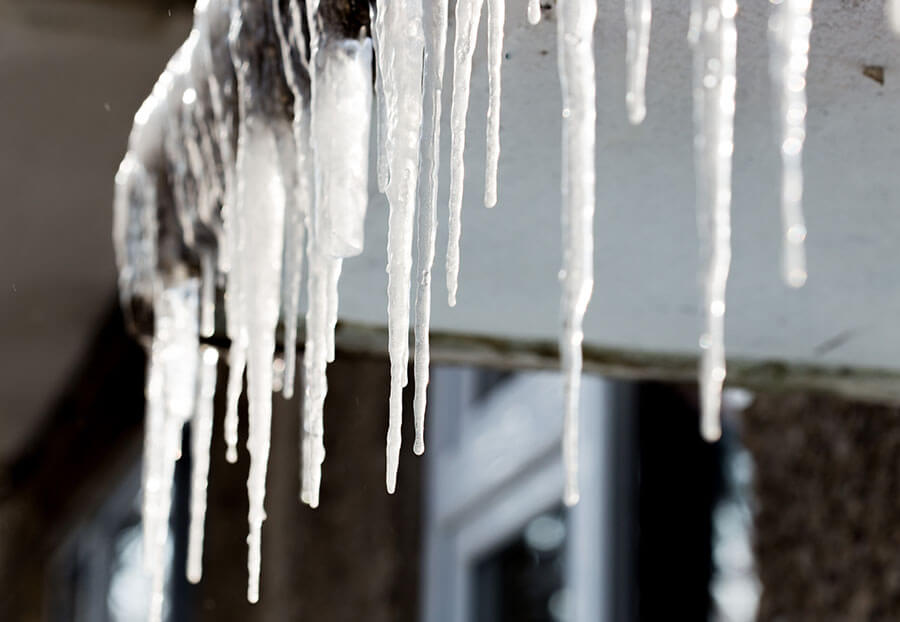A Plumbing offer you cannot refuse!
40-Point Home Inspection Special for $39!

Home Improvement / January 17, 2017

Below are some strategies, courtesy of Energy.gov, to help you save energy during the cold winter months. Some of the tips below are free and can be used on a daily basis to increase your savings; others are simple and inexpensive actions you can take to ensure maximum savings through the winter.
If you haven’t already, conduct an energy audit to find out where you can save the most, and consider making a larger investment for long-term energy savings.
Open curtains on your south-facing windows during the day to allow sunlight to naturally heat your home, and close them at night to reduce the chill you may feel from cold windows.
Use a heavy-duty, clear plastic sheet on a frame or tape clear plastic film to the inside of your window frames during the cold winter months. Make sure the plastic is sealed tightly to the frame to help reduce infiltration.
Install tight-fitting, insulating drapes or shades on windows that feel drafty after weatherizing.
When you are home and awake, set your thermostat as low as is comfortable.
When you are asleep or out of the house, turn your thermostat back 10° to 15° for eight hours and save around 10% a year on your heating and cooling bills.
Seal the air leaks around utility cut-throughs for pipes (“plumbing penetrations”), gaps around chimneys and recessed lights in insulated ceilings, and unfinished spaces behind cupboards and closets.
Add caulk or weatherstripping to seal air leaks around leaky doors and windows.
Schedule seasonal maintenance service for your heating system.
Keep your fireplace damper closed unless a fire is burning. Keeping the damper open is like keeping a window wide open during the winter; it allows warm air to go right up the chimney.
When you use the fireplace, reduce heat loss by opening dampers in the bottom of the firebox (if provided) or open the nearest window slightly–approximately 1 inch–and close doors leading into the room. Lower the thermostat setting to between 50° and 55°F.
If you never use your fireplace, plug and seal the chimney flue.
If you do use the fireplace, install tempered glass doors and a heat-air exchange system that blows warmed air back into the room.
Check the seal on the fireplace flue damper and make it as snug as possible.
Add caulking around the fireplace hearth.
Turn down the temperature of your water heater to the warm setting (120°F).
The home maintenance experts at Handyman Connection can help with several of these energy (and money) saving tips. Give us a call today at 719-884-2639 for a for a free, no-obligation project estimate.